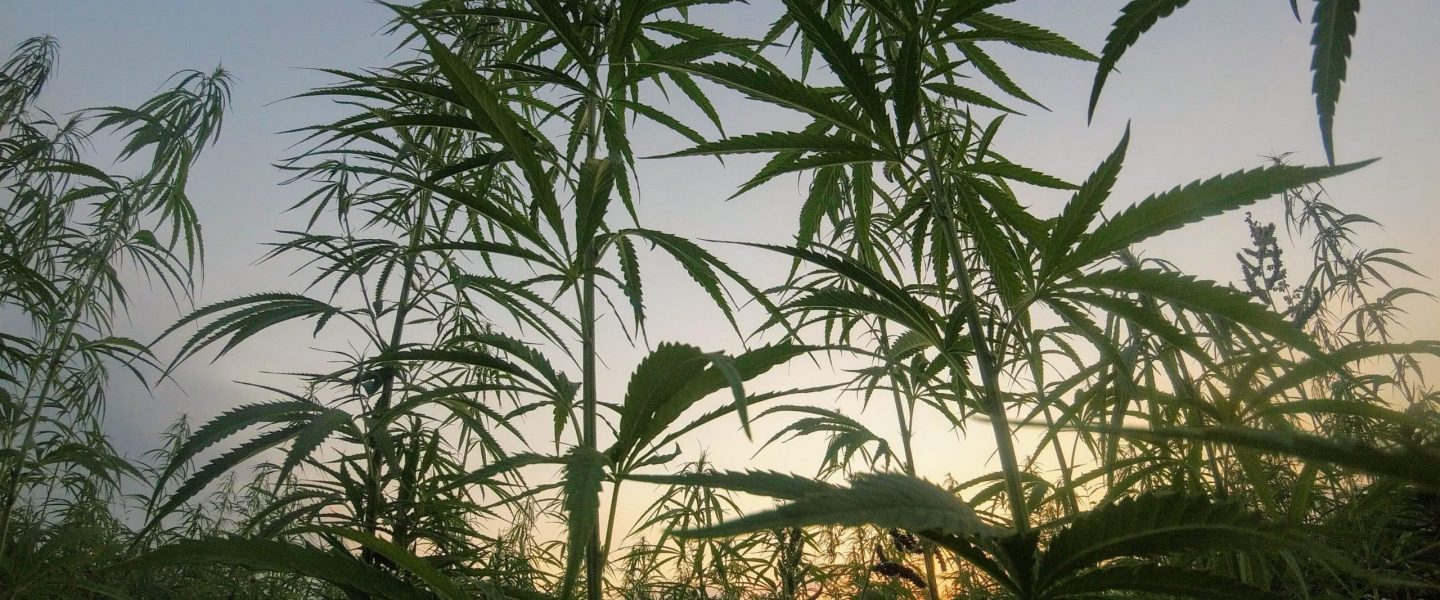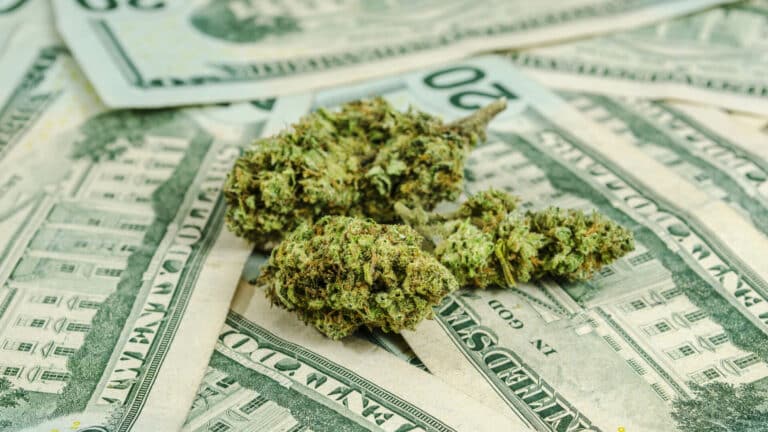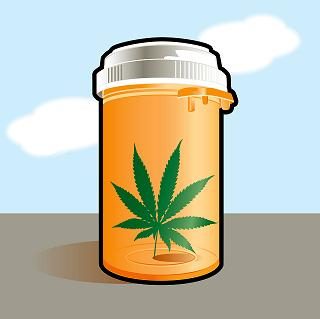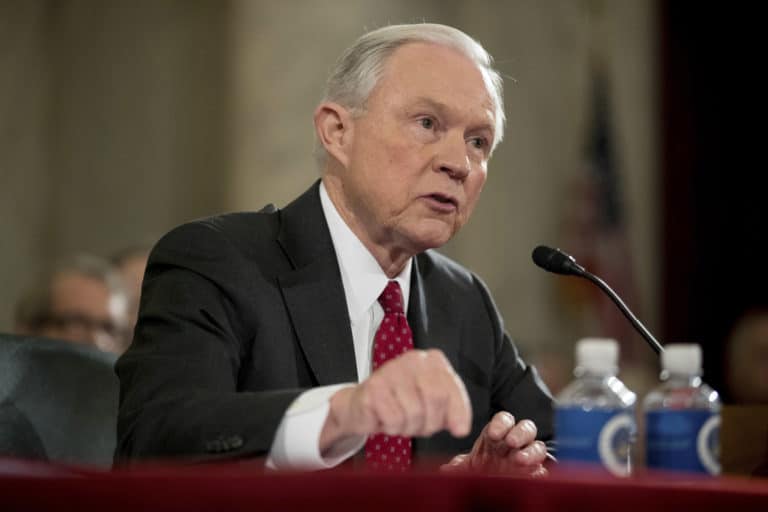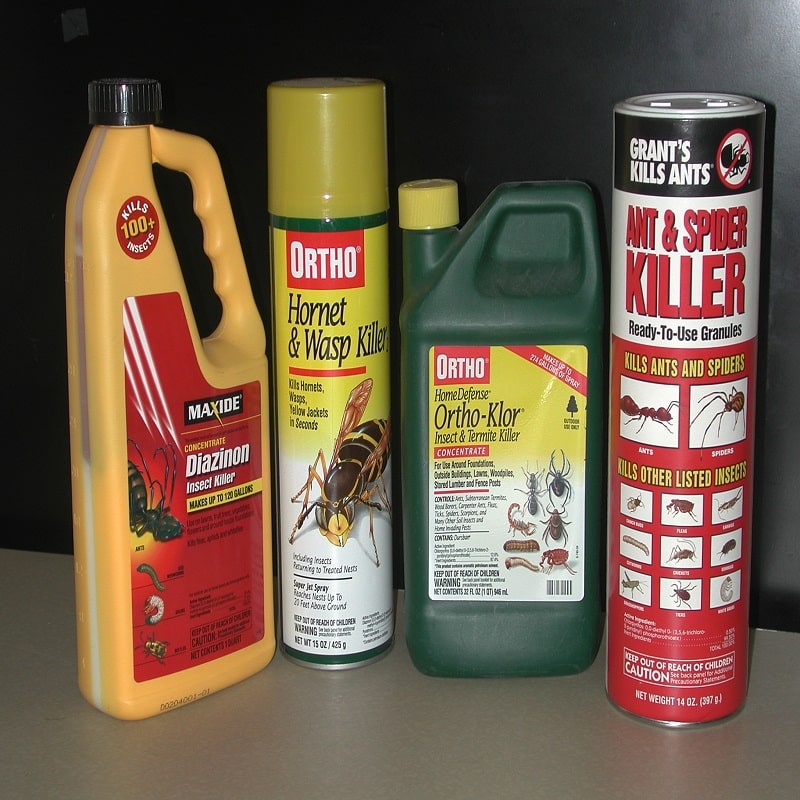 By Sabrina Fendrick, NORML Women’s Alliance
By Sabrina Fendrick, NORML Women’s Alliance
Despite several attempts by the media and policy makers to associate the rising number of state regulated medical marijuana programs (and popular legalization efforts) with a rise in use and a drop in associated risk, the 2012 Monitoring the Future Survey reports that there was no rise in daily or annual marijuana use among teens. According to the report, “annual marijuana use [among 8th, 10th and 12th graders] showed no further increase in any of the three grades surveyed in 2012… [And the] daily use of marijuana…remained essentially flat.” Also of note, despite the sharp decline in perceived risk of marijuana use across all three grades, there was a statistically significant decline of use among 8th graders. These numbers are consistent with other recent studies showing that states with regulated marijuana programs have not seen an increase in teen use. Some have even seen a decrease in pot use among their youth population.
“This study suggests that exposure among teens to the concept of marijuana regulation policies (one third of whom live in such states) does not cause an increase in use. It is also important to consider that a drop in perceived risk is likely associated with their rejection of the overzealous scare tactics used in most schools’ drug education programs” said Sabrina Fendrick of the NORML Women’s Alliance.
It is important to note, however, that marijuana use rates and availability nationwide remain at relatively high levels, while alcohol use rates remain historically low. This is most likely due to the fact that the former is illegal and thereby not subject to government controls, while the latter substance is legally restricted to adults only. The same goes for tobacco. We did not have to outlaw cigarettes to reduce the use among minors. A policy of education and regulation (not prohibition) has created an environment in which cigarette usage has fallen to an all time low. According to the principal investigator of the study, Lloyd Johnston, “[A] lowering teen smoking rates…likely…depend[s] on…changes such as raising cigarette taxes, further limiting where smoking is permitted, bringing back broad-based anti-smoking ad campaigns, and making quit-smoking programs more available.” It has been proven that age restrictions, coupled with the imposition of government regulation and education are the most effective at reducing youth access to adult-only recreational substances. According to the 2011 MFS report, the drop in alcohol use can be attributed to a strict regulation scheme that include educational campaigns focusing on responsible use and age restrictions which, in turn, lowers availability.
The report concluded; “In the 1980’s a number of states raised their minimum drinking age to twenty-one, which these researches were able to demonstrate reduced drinking.” It goes on to say “the proportion of 8th and 10th graders who say they could get alcohol ‘fairly easily’ or ‘very easily’ had been declining since 1996 and continued to drop in all three grades in 2011. Various other factors of likely importance include…higher beer taxes and restrictions on alcohol promotion to youth.” The 2012 survey reported that again, “there was no increase in perceived availability of alcohol.”
One can therefore conclude that the only sensible answer to restricting marijuana access to [as well as use among] minors is through state and local government regulation and a message of moderation.
Source: NORML


